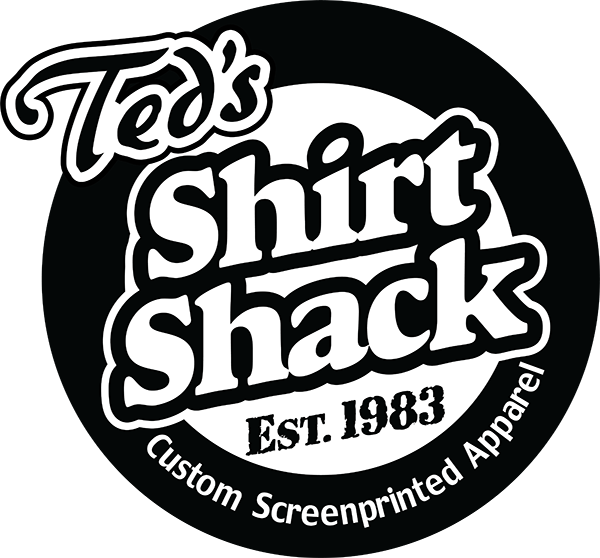ART FOR EMBROIDERY
When you are ready for custom embroidered apparel we will need your artwork so we can look things over to make sure your logo is something that can be sewn. The biggest problem we run into is logos with very small text. The smallest we can sew and still have legible text is right around .25″. Some logos will need to have the text resized slightly to make sure it will sew properly. Every new logo must be digitized. Digitizing a logo basically means, putting stitches on top of your logo on the computer as if we were tracing it. Each stitch is a x/y coordinate that tells the machine where to punch the needle. Luckily embroidery software has advanced enough where we no longer have to digitize every single stitch. We do still however have to re-draw your logo within the digitizing software to be able to sew it out. Its not as simple as opening up a logo and pushing print.
FILE TYPES
PREFERRED FORMAT
Vector files are best (ai, eps or pdf) with all fonts converted to outlines so we are not required to have any specific fonts used in the design. This format will produce the highest quality embroidery.
Vector images are created using mathematical paths instead of individual pixels. It is easier to define lines and shapes of a vector graphic vs a raster (made of pixels) graphic.
 |
 |
| Here is our Shirt Shack logo as a vector file. | In this image, you can see the paths that make up the logo. |
ACCEPTABLE FORMATS
Raster images like those created using Adobe Photoshop are acceptable. We like these images to be at least 150dpi if not 300dpi at the final image size. Upsizing an image you found online to 150dpi will not yield an image that is a true 150dpi image. It will actually end up being more pixilated than if you just simply left it alone. We can use web graphics to make embroidery designs but it’s best if we have the highest quality logo possible. Some acceptable raster file formats are jpg, png, gif, tif or eps.
Raster images are made of pixels instead mathematical paths like vector graphics. An image made of pixels will appear grainy and not very clean looking when zoomed in. Because of this when digitizing some raster images, we must use our best guess as to where some of the stitches need to go. This usually isn’t that big of deal and designs come out looking quite well. Please make sure you send us the best quality graphic you have.

